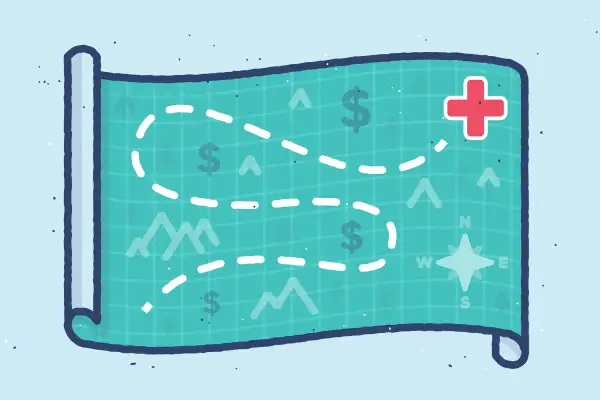4 Things You Should Know About Health Savings Accounts

Health savings accounts, which let you pay medical bills with pretax dollars, are surging: 72% of large employers offered them in 2016, up from 40% in 2010, says the National Business Group on Health. Employers like HSAs because they work with some high-deductible insurance plans, which shift health costs to workers. And the accounts deliver a triple tax advantage: You add money pretax, and both growth and withdrawals for qualifying expenses are tax-free.
Chances are you'll see one this fall. Here are four things you need to know.
1. They're more flexible than you think. As with an IRA, you can make prior-year contributions until April 15—giving you an extra chance to trim taxable income. For 2016, individuals can put aside up to $3,350, and families, $6,750—plus another $1,000 a year if you're 55 or older. And there's no use-it-or-lose-it rule: You can stash money away until you need it, or reimburse yourself retroactively for past expenses, as long as the account was open and you've kept your receipts.
2. They're not just for the super healthy. Despite conventional wisdom, HSA-eligible plans can pay off even if you don't have ultra-low medical bills. High-deductible employer plans generally cost individuals $1,000 to $2,000 less in annual premiums than traditional insurance, says Eric Remjeske, of HSA consultant Devenir. And many firms sweeten the deal, adding an average of $1,021 to workers' accounts, the Employee Benefit Research Institute (EBRI) finds. One way to compare plans is to weigh worst-case scenarios: To do so, add the out-of-pocket max to your yearly premium.
3. You're probably using yours wrong. The single best HSA move you can make is to max out contributions every year, says Greg Geisler, who teaches accounting at University of Missouri at Saint Louis—but only 15% of users actually do so, EBRI finds. Then, keep enough in cash to cover short-term needs (co-pays, deductibles), but invest the rest in a mix of stock and bond funds for retirement medical expenses. Just 3% to 4% of HSA holders put their money in investments aimed at a long time horizon, Remjeske says.
4. A good HSA is tough to find (on your own). If you change jobs, you get to keep your HSA—but you could pay more once you lose your employee discount. And locating a cheaper one is tricky. "The options can be difficult to find, and there's a wide range of fees," says Eric Dowley, who runs Fidelity's HSA business. Some accounts charge maintenance or debit card fees; others have no investment options. Compare accounts at hsasearch.com.
